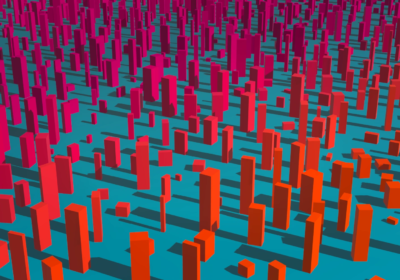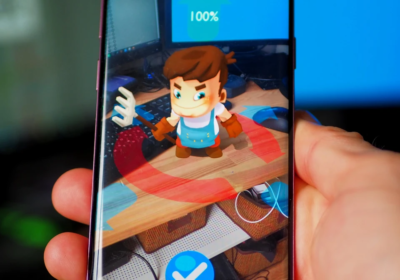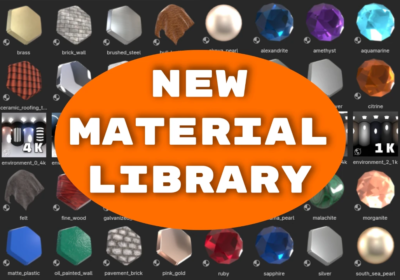We are excited to announce the first significant update since the 3ds Max version of Verge3D was originally released last month. This update includes important graphics developments, such as the reworked physical material system, the support for edited normals and smoothing groups, shadows and transparency, adds even more puzzles to help your code-less scripting workflow, and fixes many issues reported by early adopters.
New graphics features
Verge3D can now visualize more intricate surfaces since it now supports edited normals (used to be authored with the “Edit Normals” modifier), and smoothing groups. Preserving details with this methods is especially useful with respect to web-based rendering when your assets are loaded from the Internet and should be kept as low-poly as possible.
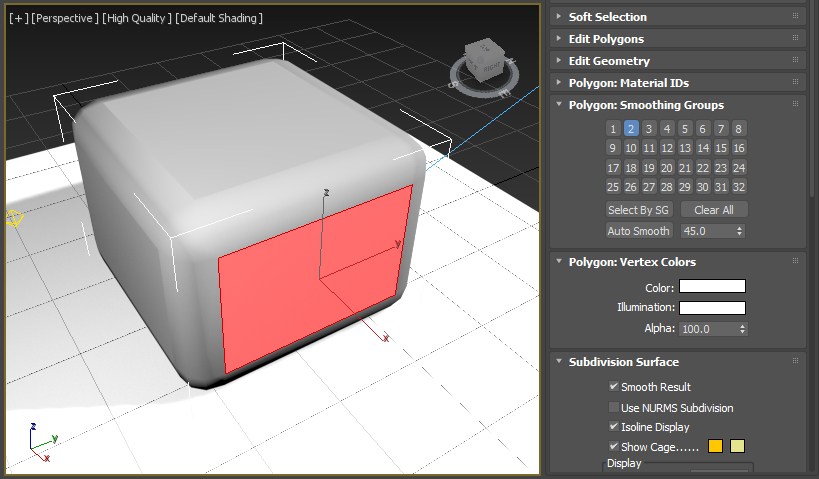
The live demo embedded in this page shows another web-friendly feature – vertex colors, which you can now use instead of textures and thus save bandwidth.
Vertex colors are enabled in your materials with the Vertex Color map and authored using the VertexPaint modifier.
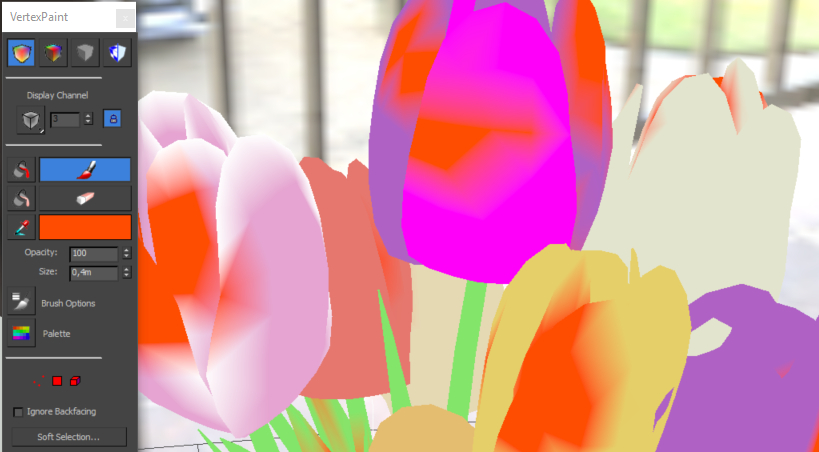
Another graphics feature is transparency which is now supported for both standard and physical materials. Verge3D offers 5 custom options for transparency types: Opaque, Blend, Add, Mask and Auto.
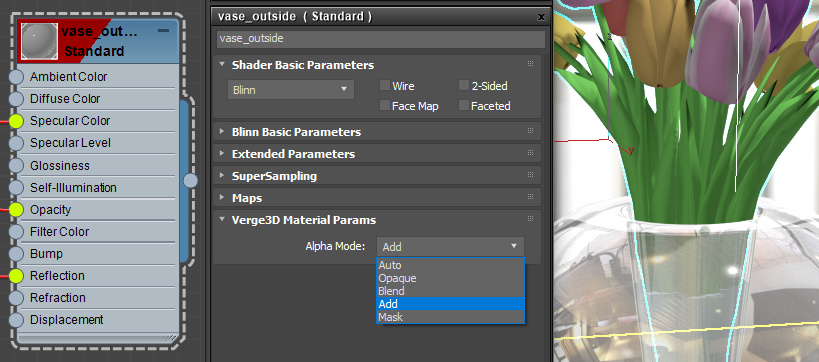
And, as simple as it may seem, shadows are now supported – they can be enabled for light sources. For now “Size” and “Sample Range” settings only affect the Verge3D render.
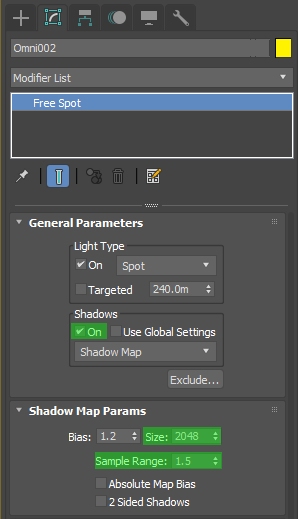
Physical materials
The physically based pipeline has been moved further. Since today ambient occlusion textures are available for PBR materials which should be connected using the Base Weight Map input. The occlusion map is now automatically merged with the metalness and roughness maps upon export to form a single texture in accords with the glTF standard.
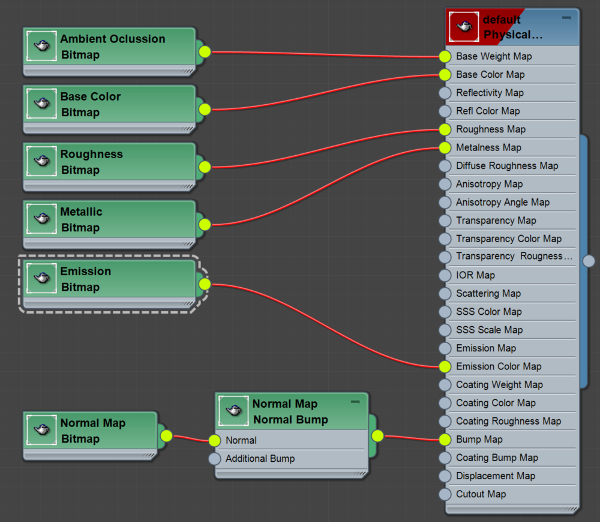
The upgraded PBR system has been thoroughly documented in the User Manual.
On the side note, we fixed export script crash for texture files missing from a physical material.
GLB format and Facebook 3D Posts
The Facebook-ready GLB format introduced in the previous release has obtained a shortcut export option in the menu bar. GLB files created using this option are additionally optimized to even better match Facebook’s News Feed renderer.
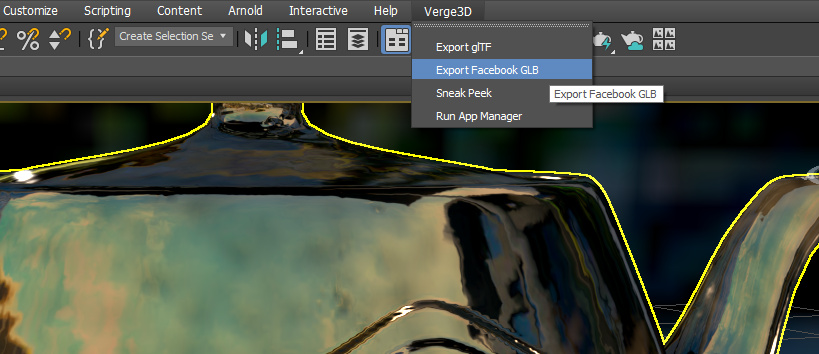
Creation of Facebook 3D posts was also described in the User Manual. This page is also linked from the official Facebook GLB workflow guide.
By the way, the GLB files are now displayed and can be opened in the App Manager. We also implemented a workaround for Max Python bug which crashed the export script in older versions of 3ds Max.
Installer
Verge3D for 3ds Max is now distributed within an installer which allows for selecting components and the target directory. After installation is complete, you still need to configure script paths as usual.
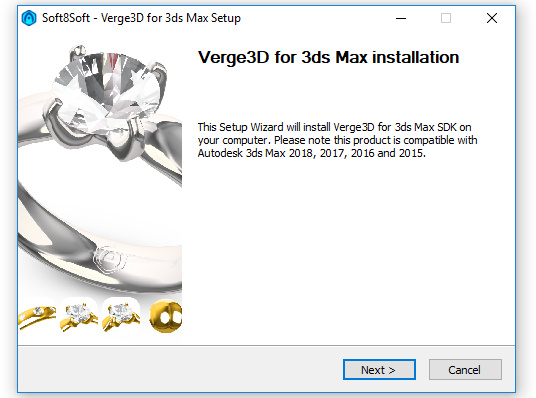
Puzzles
Verge3D’s visual scripting environment is always evolving. Today we introduce the highly anticipated when hovered puzzle which extends web page-like experience to the realm of 3D. Its sworn brother “hovered object” can tell you which object exactly the user moves the mouse pointer over, so that you can highlight it or show some additional information. Although this feature can be considered as desktop-only, some mobile browsers such as Chrome on Android still offer the mouse-over experience by holding a finger just over the screen.
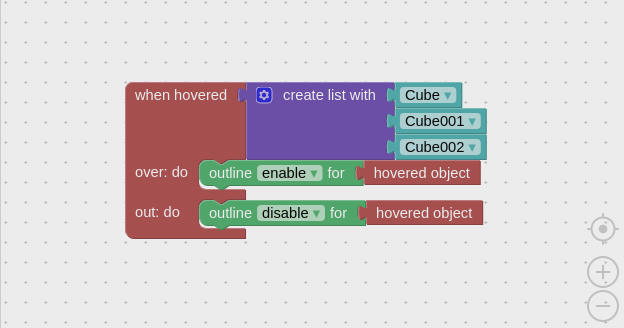
This release brings you 25 more puzzles from the original Blockly toolbox which were hidden until this day. Of them, 4 puzzles came to the Logic category, 1 to the Loops, 9 are for text manipulation, 3 for math operations and 8 are added to the Lists.
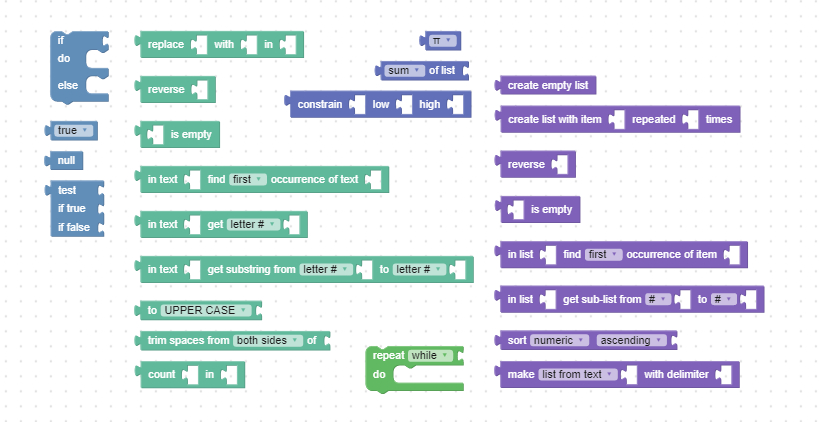
The following feature will surely answer the concerns of most puzzle builders. With automatic backups each time the “Save” button is clicked you no longer have to worry about possible unfortunate events forcing you to lose your work. The backup files are stored inside the “puzzles_backup” folder automatically created for each of your apps.
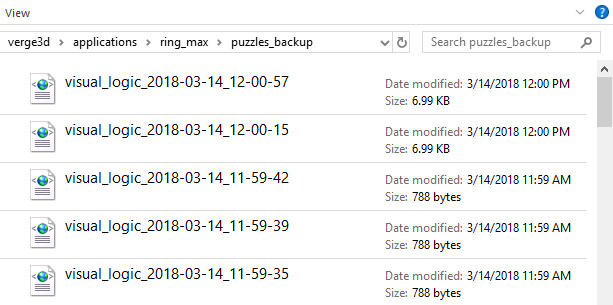
The newly introduced backup system allowed us to get rid of the internal counter used to detect infinite loops. Now if you accidentally create such a loop so that your browser tab freezes, you can always restore any of the previous versions from the backup.
Other features
The web app preloader can now be customized a bit – particularly, you can change the image, its rotation speed and the background color. See the documentation for more info.
And, you will notice a nice progress bar when you export or sneak peek your scenes in 3ds Max.
Bug fixes
Some issues we worked out are listed below:
- Fixed the blinking canvas issue occurred when the screen is tapped with a finger on iOS devices.
- Fixed rotation issue for parented hierarchies.
- Fixed the behavior of the animation offset option assigned for objects.
- The animation loop mode option has been fixed.
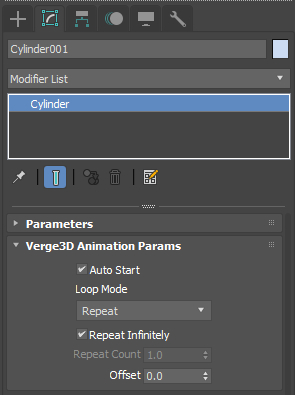
In Closing
The source file for the tulip example can be found inside Verge3D distribution. Feel free to share your feedback and experience on the forums!

